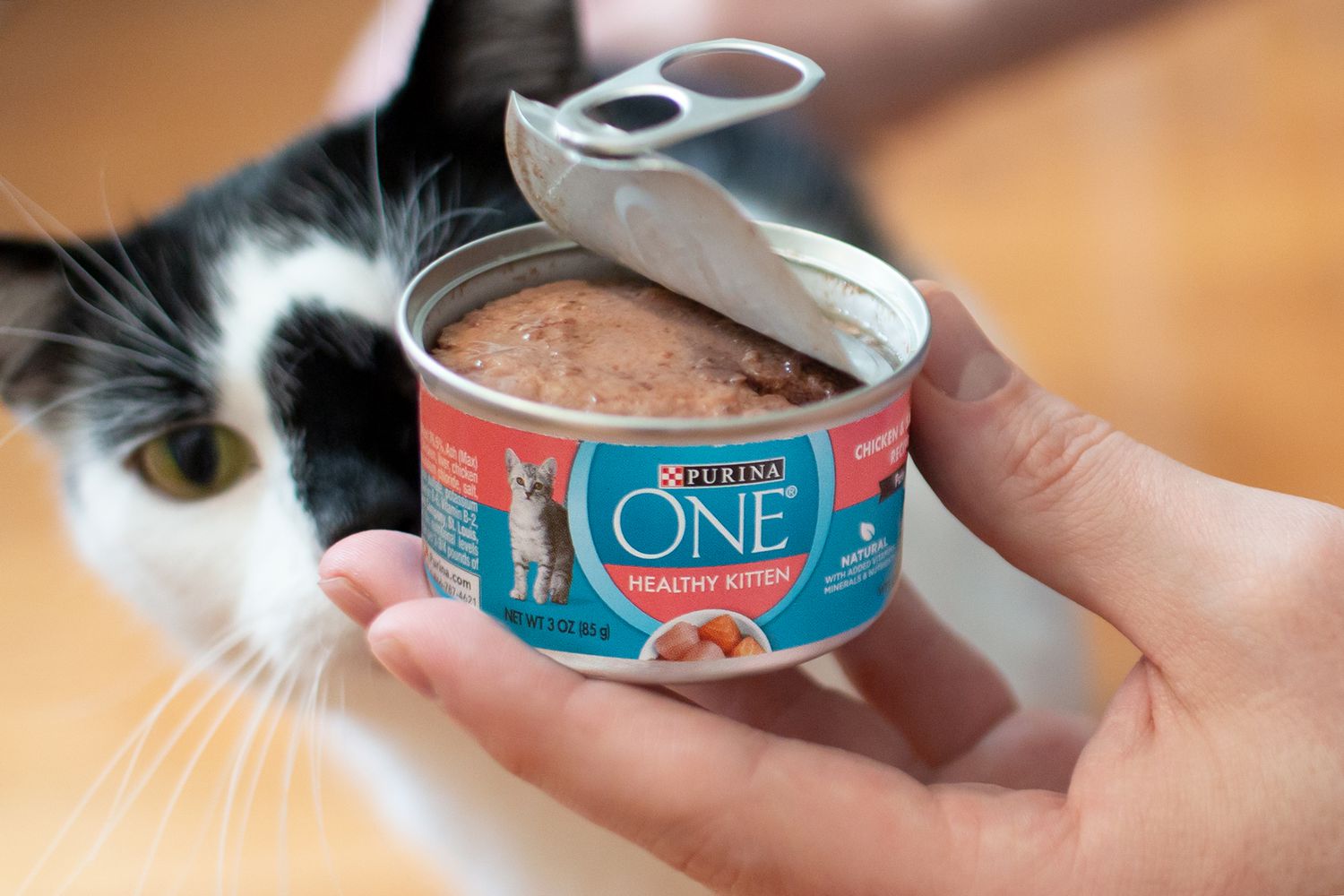

Articles
How To Store Cat Wet Food
Modified: January 5, 2024
Learn how to properly store cat wet food to maintain its freshness and prevent spoilage. Explore our informative articles for helpful tips and guidelines.
(Many of the links in this article redirect to a specific reviewed product. Your purchase of these products through affiliate links helps to generate commission for Storables.com, at no extra cost. Learn more)
Introduction
Cat wet food is a popular choice among pet owners due to its high moisture content and palatability. It provides cats with essential nutrients and helps them stay hydrated. However, to ensure the quality and safety of cat wet food, proper storage is crucial. Storing cat wet food correctly not only maintains its freshness but also minimizes the risk of bacterial growth and contamination.
In this article, we will discuss the importance of properly storing cat wet food and provide practical tips and guidelines for effective storage. Whether you are a new cat owner or looking to improve your current storage practices, this article will help you make informed decisions and keep your cat’s food fresh and safe.
Key Takeaways:
- Properly storing cat wet food is crucial for maintaining its freshness, nutritional value, and safety. Refrigerate promptly, use airtight containers, and avoid common storage mistakes to ensure your feline companion enjoys every meal.
- By following proper storage practices, you can provide your cat with the best quality wet food, prolong its shelf life, and minimize wastage. Remember to focus on portion sizes, follow feeding guidelines, and prioritize freshness for every meal.
Read more: How To Store Wet Cat Food
Importance of Properly Storing Cat Wet Food
Proper storage of cat wet food is essential for several reasons. First and foremost, it helps maintain the nutritional value of the food. Cat wet food contains a high percentage of moisture, which makes it susceptible to spoilage and degradation. By storing it correctly, you can preserve its nutritional integrity, ensuring that your cat receives the necessary vitamins, minerals, and proteins needed for optimal health.
Another crucial reason to store cat wet food properly is to prevent the growth of harmful bacteria. The high moisture content of wet food creates an ideal environment for bacteria to multiply rapidly, leading to foodborne illnesses. Improper storage, such as leaving opened cans at room temperature, can increase the risk of bacterial growth.
Correct storage practices also help maintain the freshness and taste of the wet food. Cats have a keen sense of smell and are often sensitive to changes in the odor and flavor of their food. Proper storage techniques, such as using airtight containers and refrigeration, can help preserve the aroma and taste, ensuring that your cat enjoys every meal.
Furthermore, storing cat wet food properly can help prevent wastage and save you money. Opening a can of wet food and letting it sit out for too long can result in spoilage, making it unsafe for consumption. By following proper storage guidelines, you can ensure that the food remains fresh for longer, reducing the chances of having to discard uneaten portions.
Lastly, proper storage practices contribute to overall food safety. By keeping cat wet food in appropriate conditions, you minimize the risk of contamination and foodborne illnesses. This is particularly important if you have multiple cats or if you feed your cat wet food alongside dry or raw food. Preventing cross-contamination between different types of food helps protect the health of your feline companions.
In the next section, we will discuss the factors to consider before storing cat wet food to ensure the best possible storage conditions.
Factors to Consider Before Storing Cat Wet Food
Before you start storing cat wet food, there are several factors to consider to ensure optimal storage conditions. These factors will not only keep the food fresh but also maintain its nutritional quality and prevent any potential health risks.
1. Storage Temperature: Temperature plays a crucial role in preserving the freshness of cat wet food. It is recommended to store unopened cans in a cool, dry place away from direct sunlight. However, once opened, it’s imperative to refrigerate the remaining portions promptly. The ideal storage temperature for opened cans is between 32°F and 38°F (0°C and 3.3°C).
2. Storage Container: Choosing the right container is essential for proper storage. While most cat wet food cans come with resealable lids, it’s best to transfer the contents into airtight containers for better preservation. Glass or BPA-free plastic containers with tight-sealing lids can help maintain the food’s freshness and prevent any odor leakage or cross-contamination.
3. Portion Sizes: When it comes to cat wet food, it’s important to consider portion sizes before storing. If you have a kitten or a cat that consumes smaller meals, it’s advisable to divide larger cans into smaller portions and store them separately. This helps ensure that each serving remains fresh and reduces the risk of wastage.
4. Feeding Schedule: Planning your cat’s feeding schedule is another factor to consider. If you open a can of cat wet food for a meal but your cat doesn’t finish it, avoid leaving it out at room temperature for an extended period. Instead, refrigerate the leftovers promptly to prevent spoilage.
5. Rotation of Stock: To ensure that your cat’s wet food stays fresh, it’s essential to practice “first in, first out” rotation. When restocking your supply, place newer cans at the back and move the older ones forward. This way, you consume the older cans first, reducing the chances of food going bad before it’s used.
6. Expiry Dates: Always check the expiration dates on cat wet food cans before purchasing them. Ensure that you are buying products with sufficient shelf life to avoid any issues with freshness or quality. It’s also advisable to check the condition of the cans for any dents, leaks, or bulges, as this can indicate compromised food safety.
By considering these factors before storing cat wet food, you can maintain its nutritional value, taste, and overall quality. In the next section, we will provide effective tips for storing cat wet food properly.
Store cat wet food in a cool, dry place away from direct sunlight. Once opened, cover the can with a lid or transfer the leftovers to an airtight container and refrigerate. Use within 2-3 days.
Tips for Storing Cat Wet Food
Proper storage of cat wet food is important to ensure its freshness and prevent any potential health risks. Here are some effective tips for storing cat wet food:
1. Refrigeration is Key: After opening a can of cat wet food, promptly refrigerate the remaining portions. This helps slow down the growth of bacteria and extends the shelf life of the food. Always use a clean spoon or scoop to serve the food to avoid introducing any contaminants.
2. Store in Airtight Containers: Transfer the cat wet food from opened cans into airtight containers. This helps maintain freshness, prevents odor leakage, and minimizes the risk of cross-contamination with other foods in the refrigerator. Make sure the containers are clean and dry before transferring the food.
3. Label the Containers: To stay organized, label the containers with the date of opening. This allows you to keep track of how long the food has been stored and helps prioritize consumption based on freshness. It’s recommended to consume opened cat wet food within 2-3 days.
4. Avoid Freezing Cat Wet Food: While freezing is a common method for preserving food, it is generally not advisable for cat wet food. Freezing can alter the texture and taste of the food, making it less appealing to cats. If you need to store cat wet food for an extended period, it’s best to invest in freeze-dried or dehydrated options specifically made for long-term storage.
5. Keep an Eye on Expiry Dates: Always check the expiry dates and ensure that you are using cat wet food before it expires. Using expired food can lead to digestive issues and may not provide the necessary nutrients for your cat’s well-being. Avoid purchasing excessive quantities to prevent wastage.
6. Follow Feeding Guidelines: It’s important to follow the recommended feeding guidelines provided by the cat food manufacturer. Overfeeding can lead to weight gain and obesity, while underfeeding can result in nutrient deficiencies. By following the guidelines, you can ensure that you are using the right amount of cat wet food for each meal.
By implementing these tips, you can maintain the freshness, quality, and safety of your cat’s wet food. In the next section, we will discuss some common mistakes to avoid when storing cat wet food.
Common Mistakes to Avoid in Cat Wet Food Storage
While it’s important to know the proper way to store cat wet food, it’s equally crucial to be aware of common mistakes to avoid. These mistakes can compromise the freshness, quality, and safety of the food. Here are some common mistakes to steer clear of:
1. Leaving Opened Cans at Room Temperature: One of the most common mistakes is leaving opened cans of cat wet food at room temperature for an extended period. This creates an environment conducive to bacterial growth, leading to spoilage and potential health risks. Always refrigerate opened cans promptly to maintain freshness.
2. Forgetting to Seal Containers Properly: When transferring cat wet food into containers, forgetting to seal them properly can have negative consequences. Airtight containers are crucial for preserving the food’s freshness and preventing odor leakage. Failing to seal them tightly can lead to the absorption of odors from other foods in the refrigerator, affecting the taste and smell of the cat’s food.
3. Ignoring Expiry Dates: Ignoring or not checking the expiry dates on cat wet food cans can lead to feeding your cat expired food. Expired food may not only lack the necessary nutrients but can also cause digestive issues. Always check the expiry dates and consume the food before it expires to ensure your cat’s well-being.
4. Thawing and Refreezing: If you mistakenly freeze cat wet food, avoid thawing and refreezing it multiple times. This can degrade the texture and taste, making it less appealing to cats. Once cat wet food has been thawed, it should be consumed within a couple of days. Avoid refreezing it to maintain quality.
5. Overbuying or Stockpiling: Buying excessive quantities of cat wet food and stockpiling them can lead to food wastage. While it’s important to have enough supply, it’s best to buy an amount that can be consumed within a reasonable timeframe. This ensures that the food remains fresh and provides your cat with the necessary nutrients.
6. Not Keeping an Eye on Storage Conditions: Neglecting proper storage conditions, such as not monitoring refrigerator temperatures or failing to clean storage containers regularly, can compromise the quality of cat wet food. It’s important to maintain a clean and well-functioning refrigerator and regularly clean food storage containers to prevent any buildup of contaminants.
Avoiding these common mistakes will help ensure that your cat wet food remains fresh, safe, and enjoyable for your feline companion.
Read more: How To Store Open Wet Cat Food
Conclusion
Properly storing cat wet food is essential for maintaining its freshness, nutritional value, and safety. By following the tips and considerations outlined in this article, you can ensure that your feline companion receives the best quality food and minimize the risk of foodborne illnesses.
Remember to refrigerate opened cans promptly, use airtight containers for storing the food, and label them with the date of opening to keep track of freshness. Avoid common mistakes such as leaving cans at room temperature, neglecting sealing containers properly, and ignoring expiry dates. These mistakes can compromise the quality and safety of the cat wet food.
By storing cat wet food correctly, you not only preserve its nutritional integrity but also prolong its shelf life, reducing wastage and saving you money. It’s important to focus on portion sizes, follow feeding guidelines, and practice rotation of stock to ensure that your cat’s meals are always fresh and appetizing.
Ultimately, proper storage practices contribute to maintaining your cat’s health and well-being. By providing them with fresh and safe wet food, you can ensure that they receive the necessary nutrients and enjoy every mealtime.
So, remember to refrigerate, use airtight containers, label properly, and avoid common storage mistakes. With these practices in place, you can provide your cat with the best possible quality of wet food and keep them happy and healthy for years to come.
Frequently Asked Questions about How To Store Cat Wet Food
Was this page helpful?
At Storables.com, we guarantee accurate and reliable information. Our content, validated by Expert Board Contributors, is crafted following stringent Editorial Policies. We're committed to providing you with well-researched, expert-backed insights for all your informational needs.
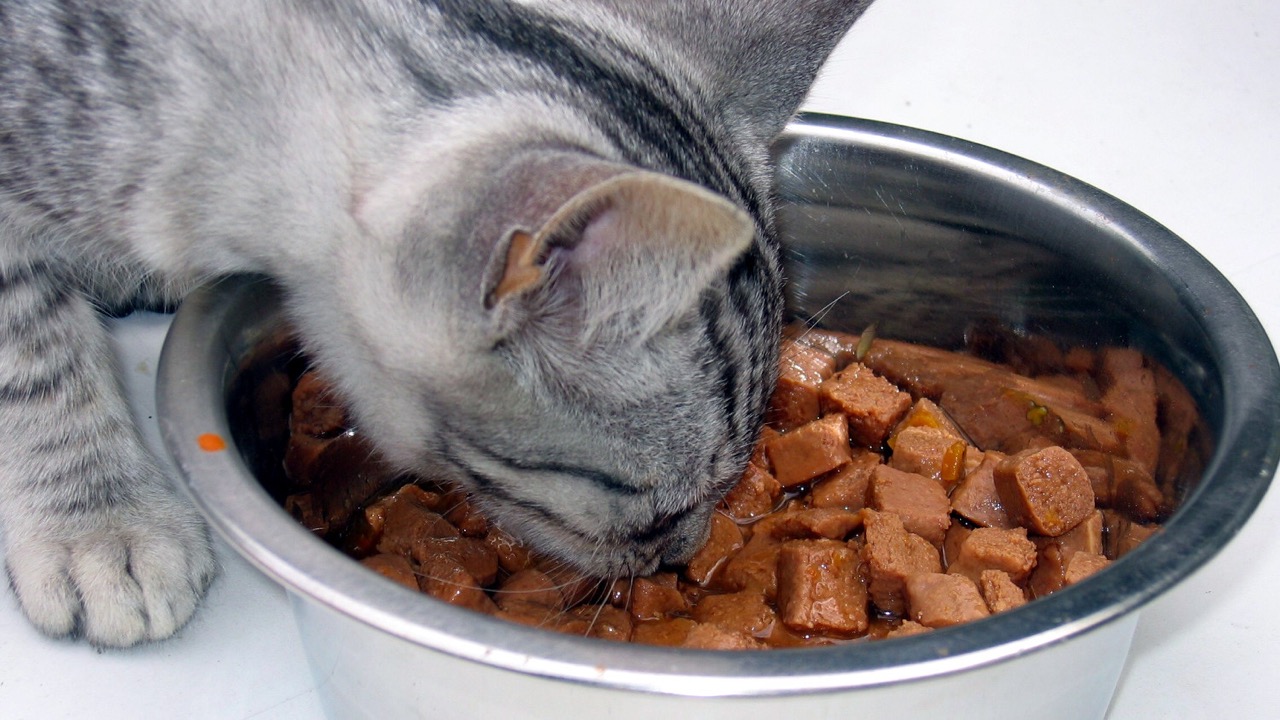
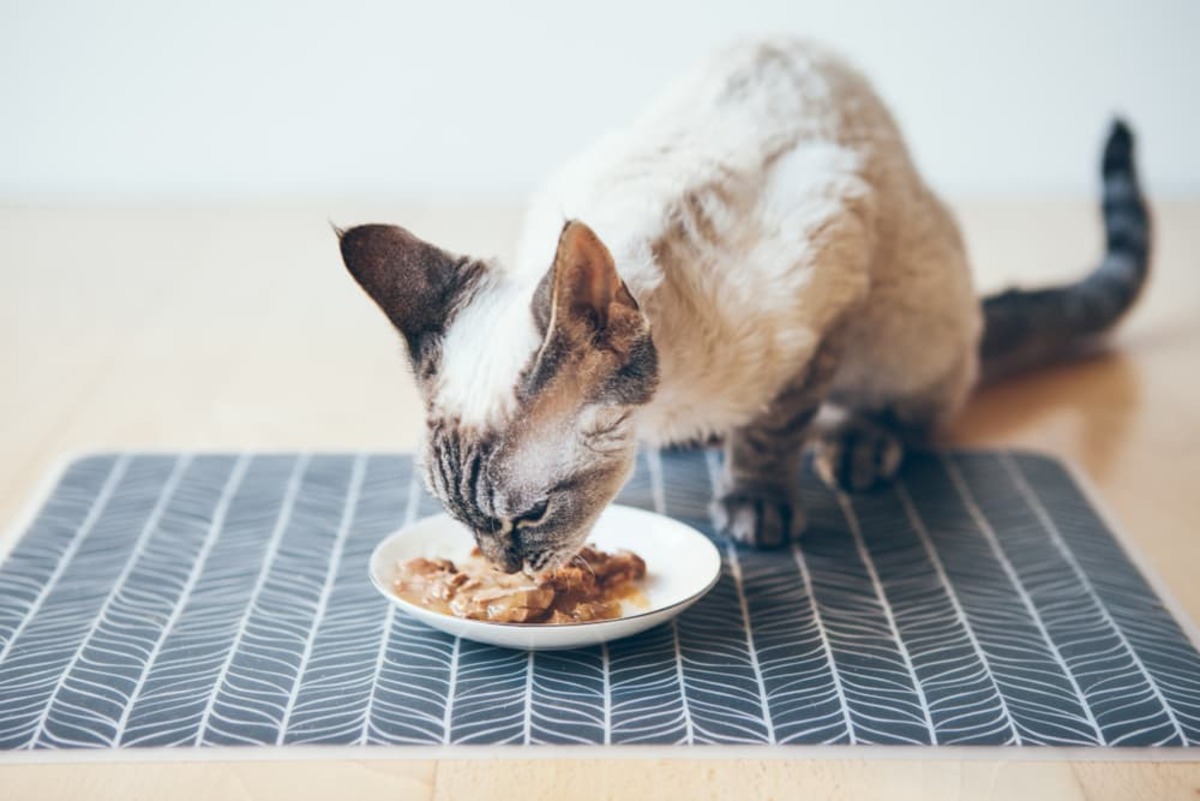
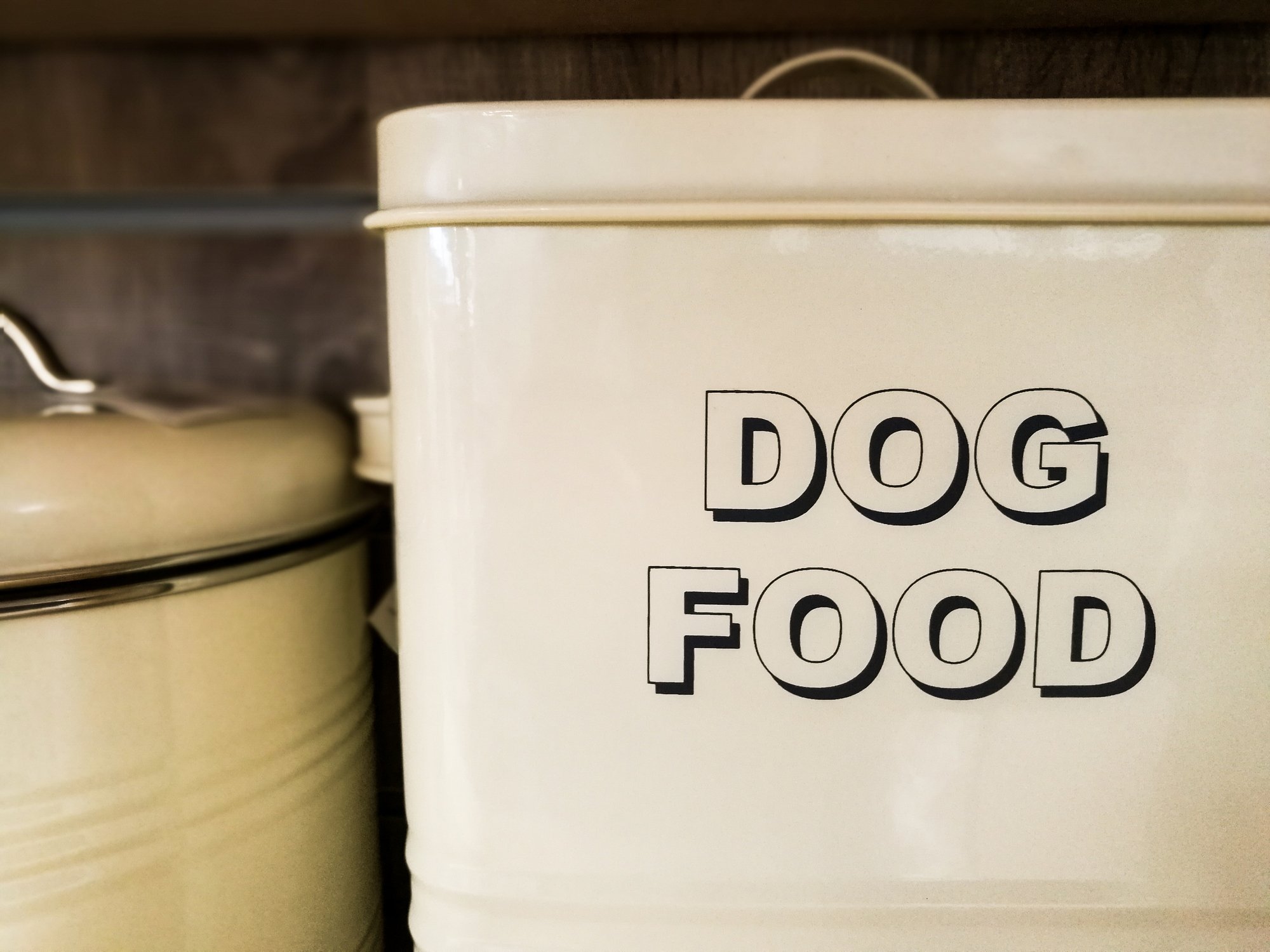
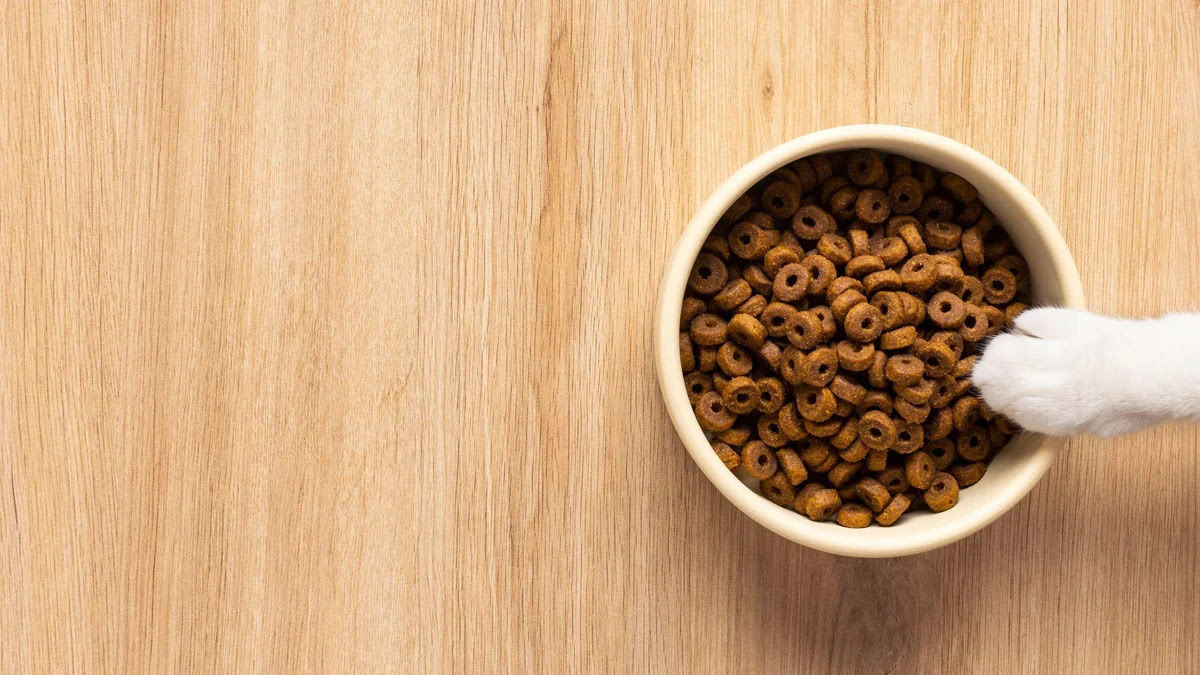
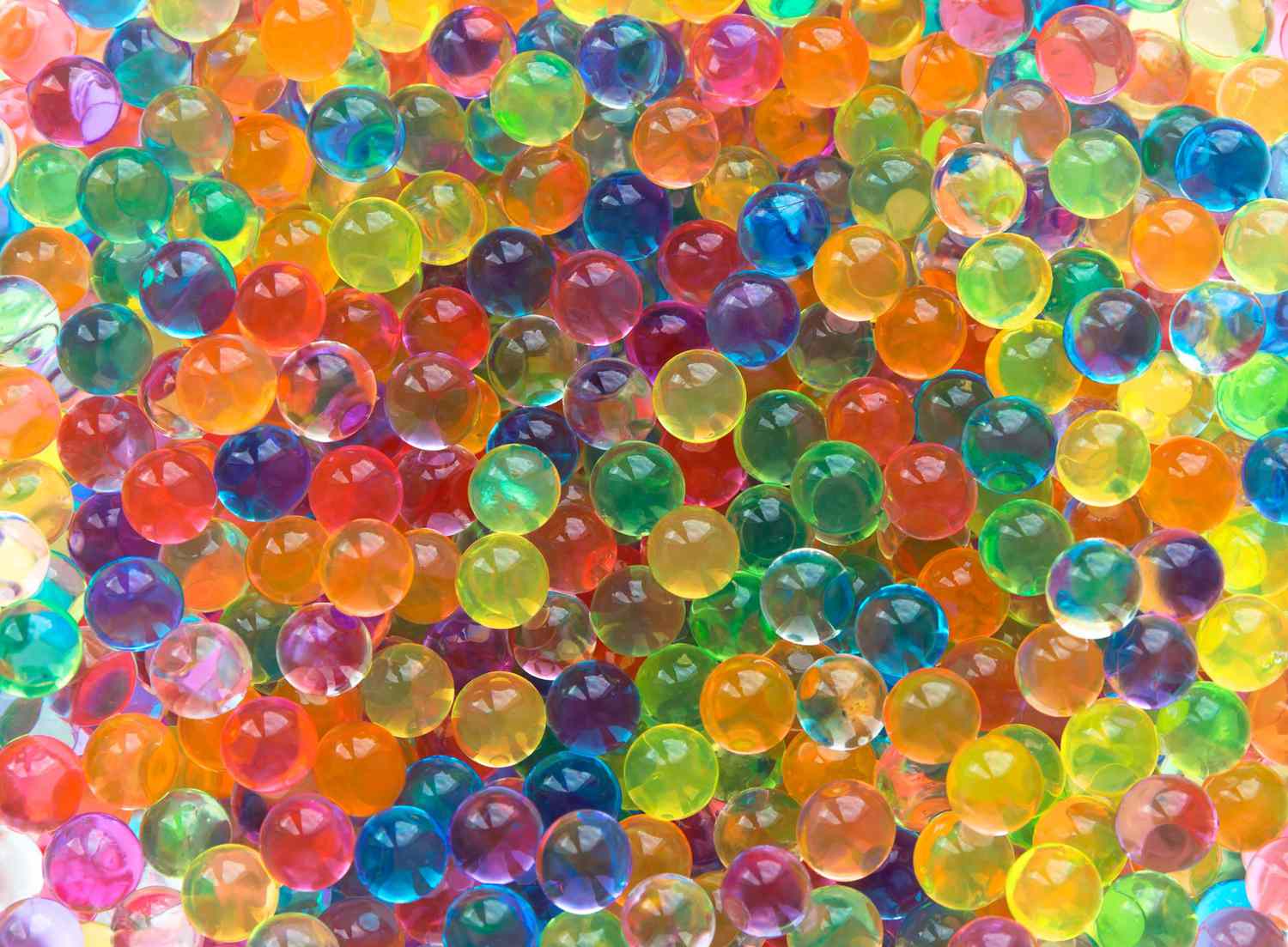

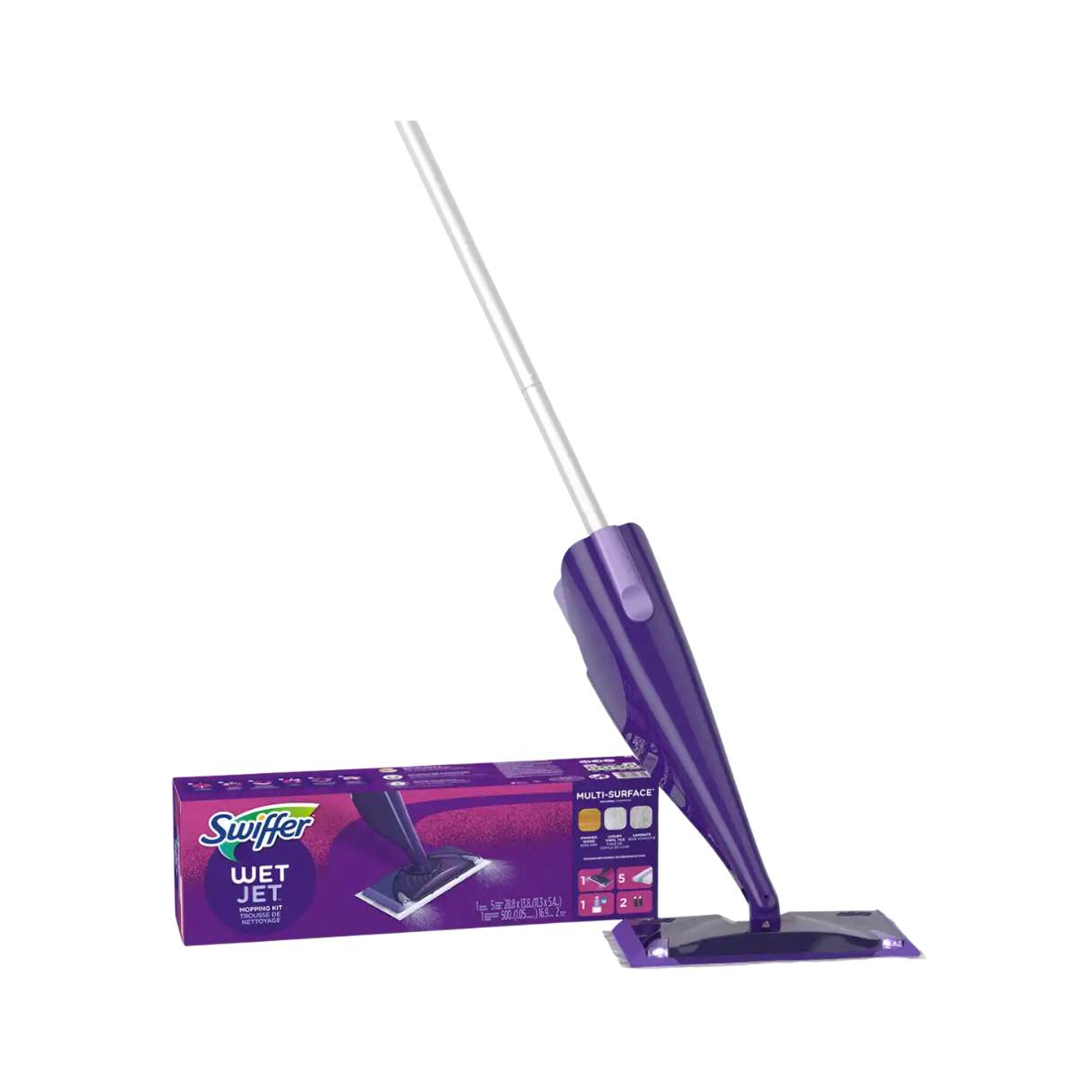
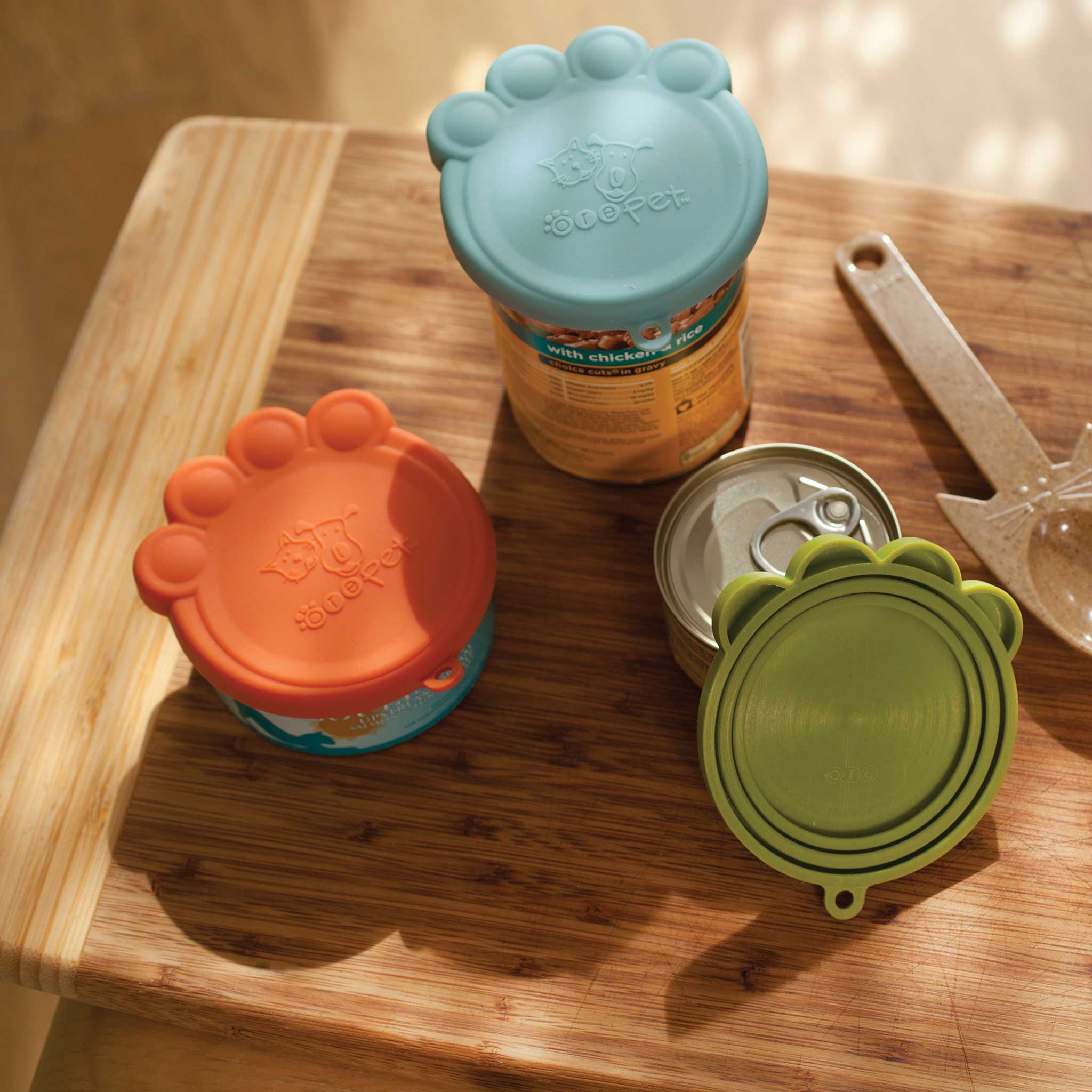
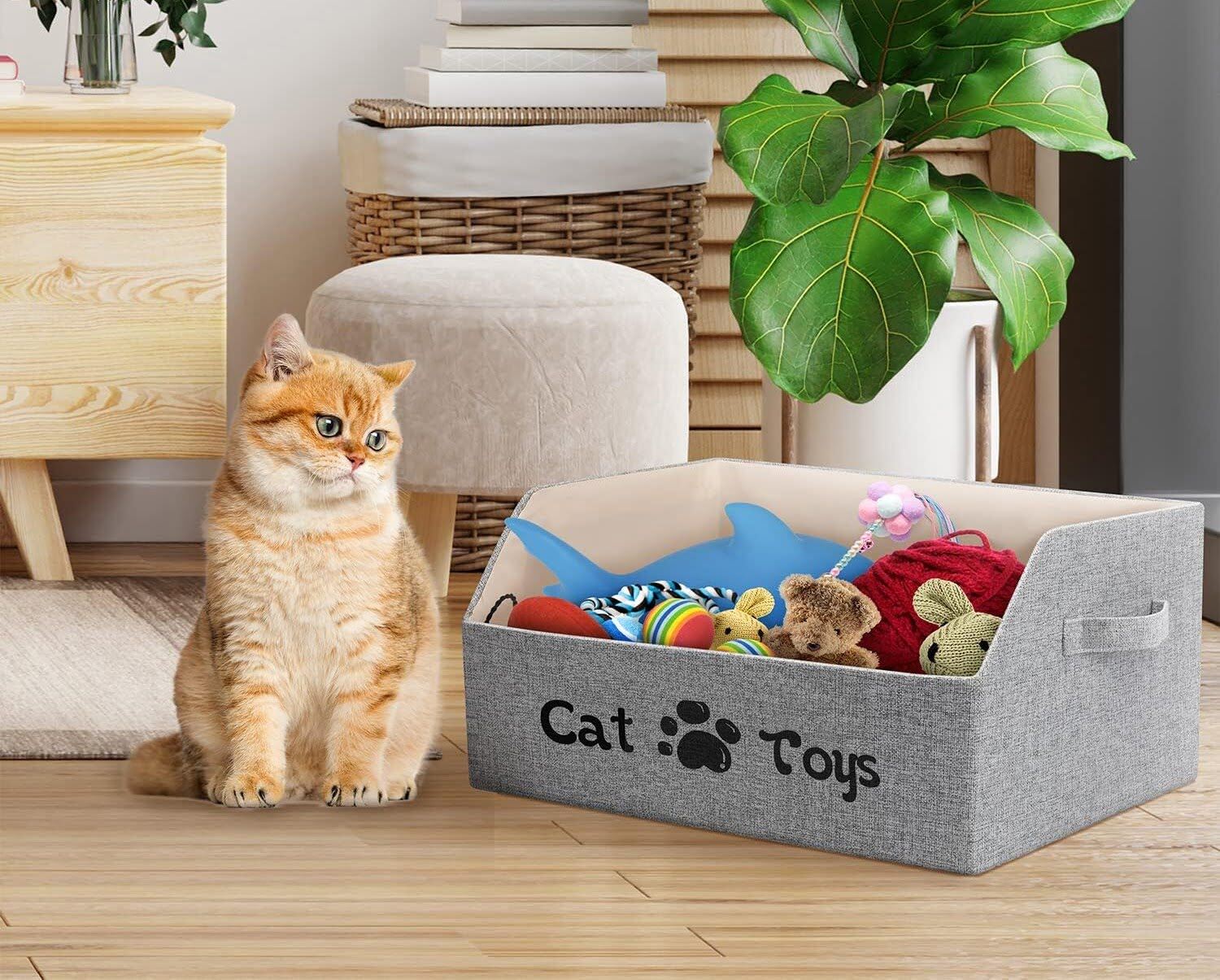
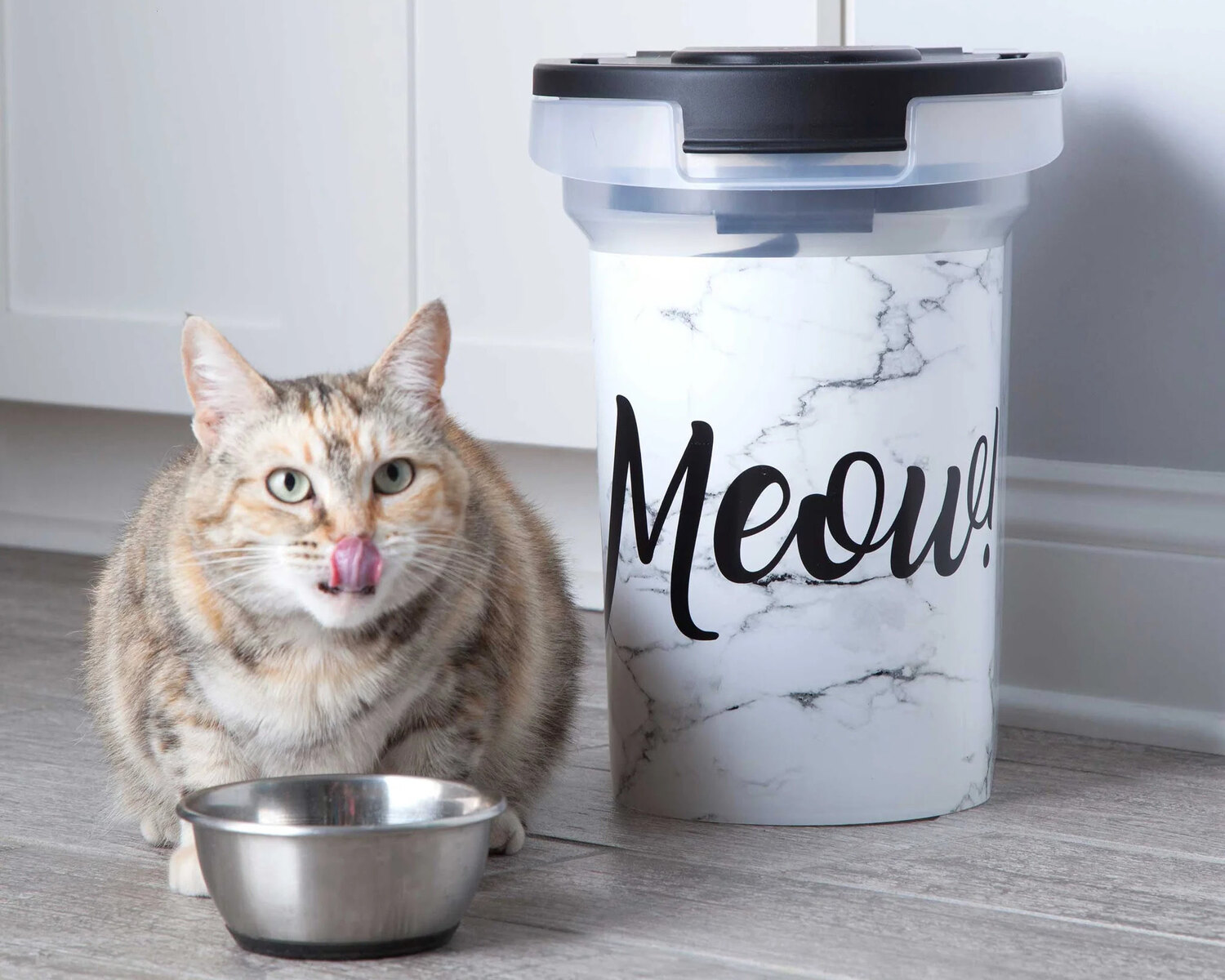
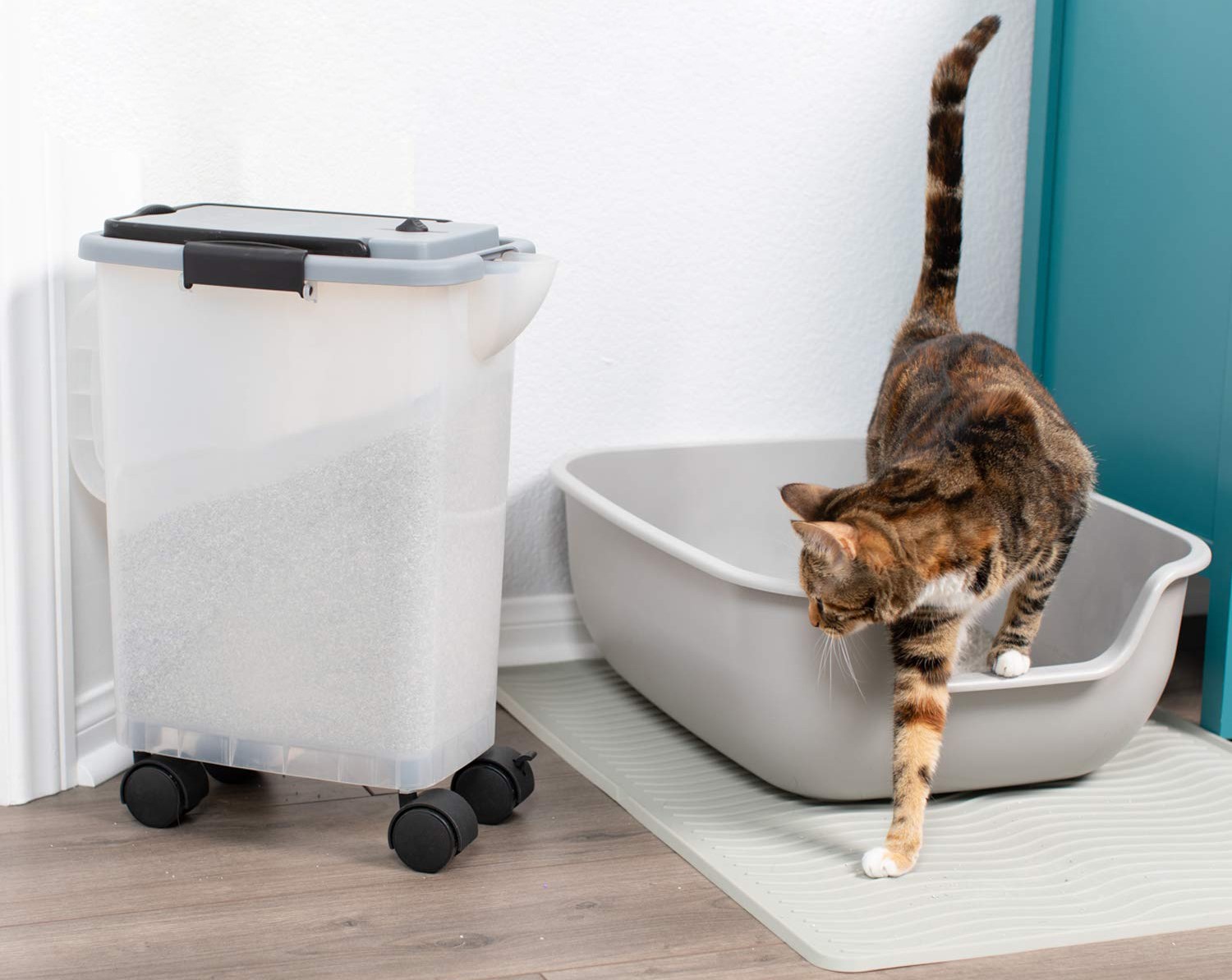
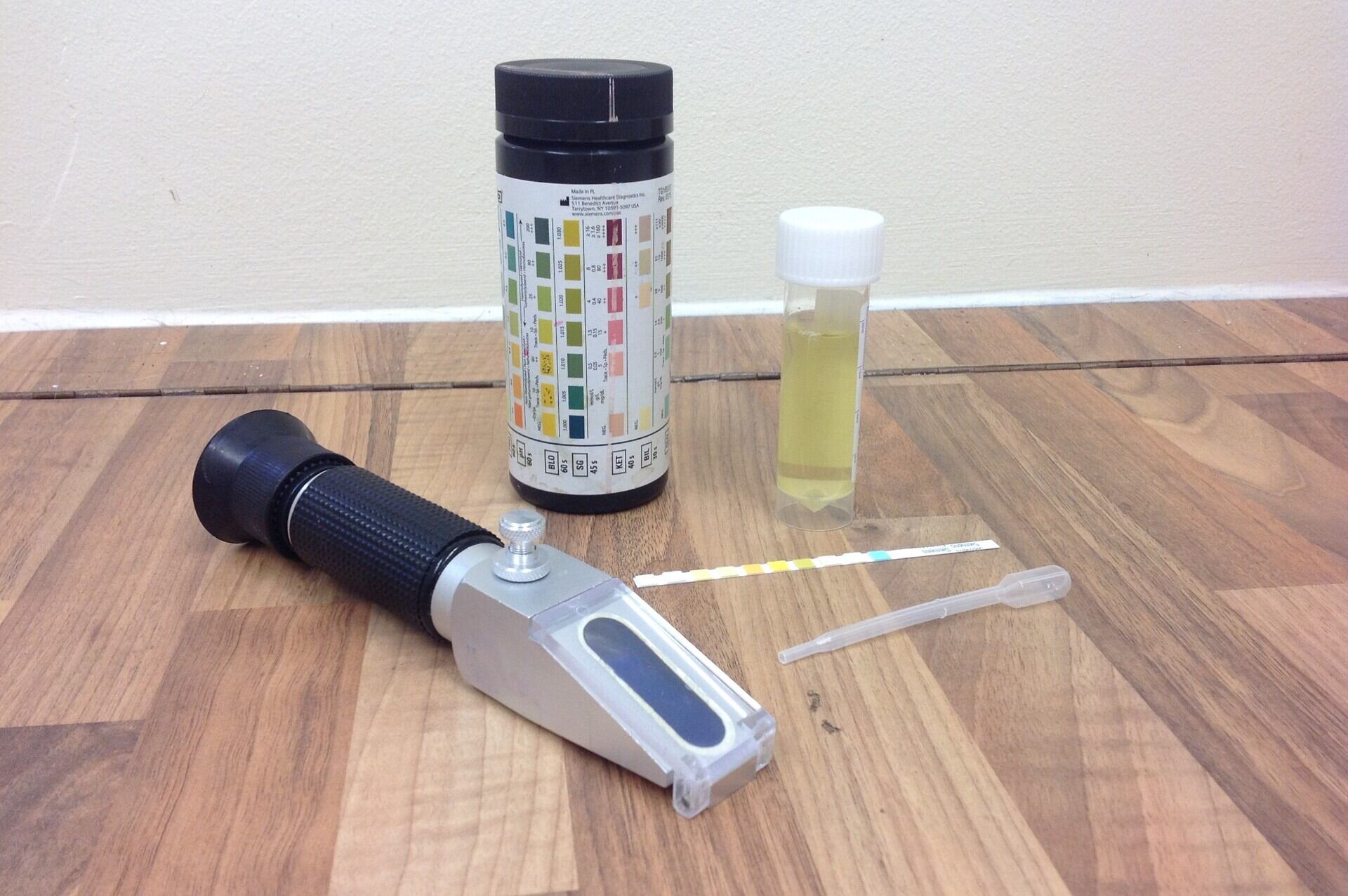
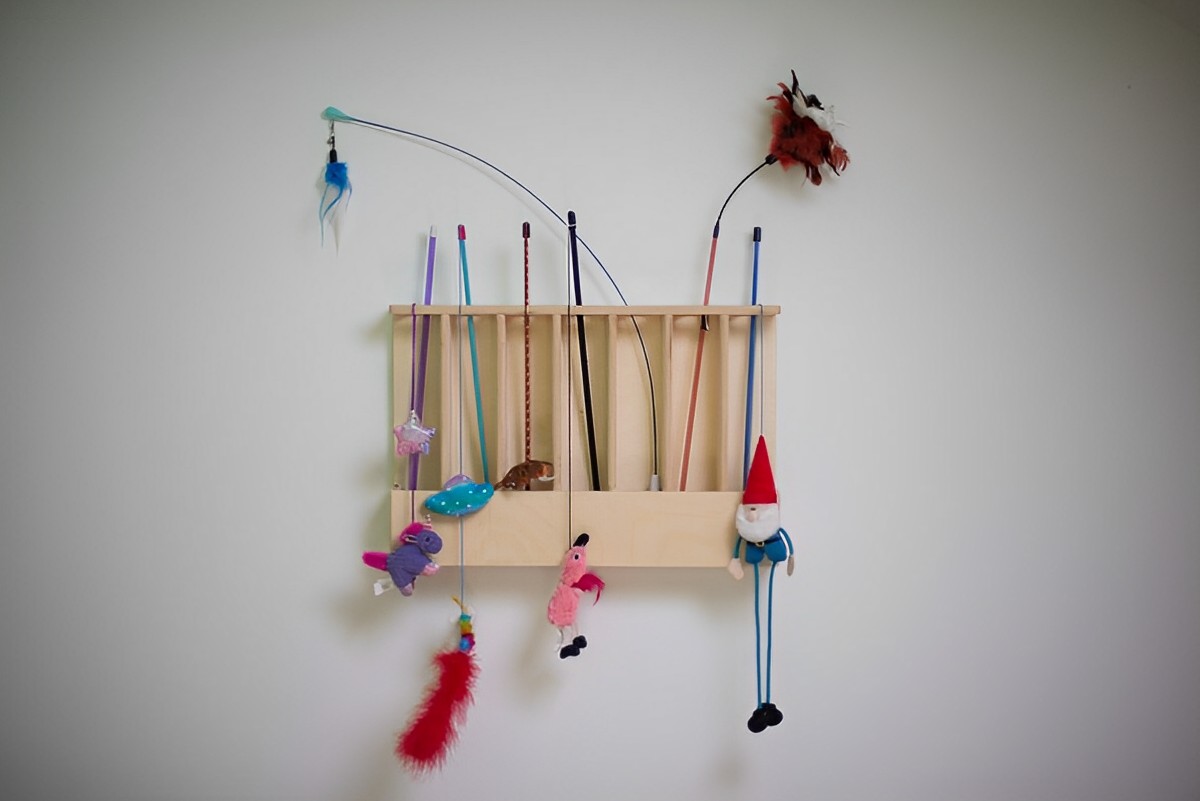
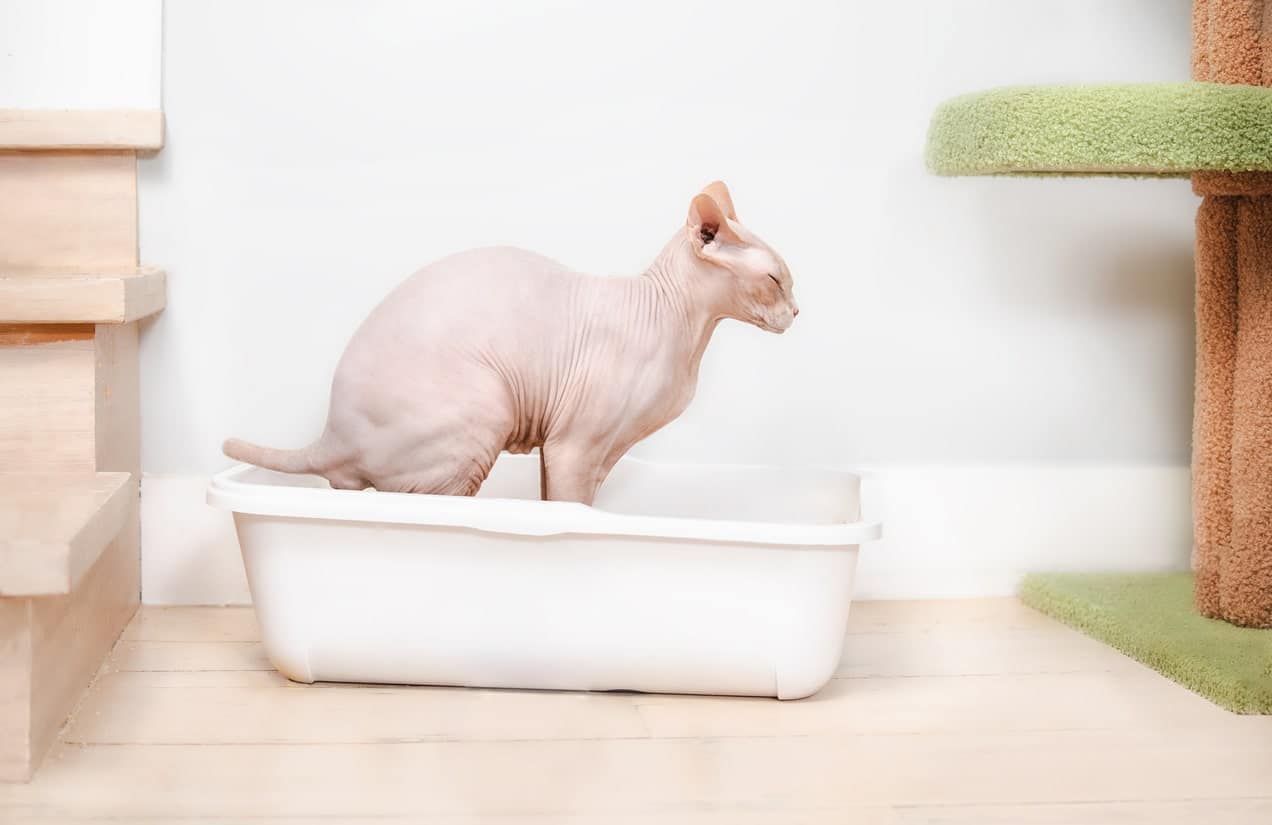

0 thoughts on “How To Store Cat Wet Food”